By Tommy Clarkson from the December 2016 Edition
Mexican Rosewood, Cordia elaeagnoides
Family: Boraginaceae
Also known as: Mayan Rosewood, Barcino, Mexico Bocote or Bocote
(This is an attractive tropical tree. It is moderately sized. It has a brown trunk, green leaves and, in season, is all but covered in small, stunningly white flowers. The preceding three short sentences are significantly more than one can find in the vast preponderance of tropical botanical books regarding the Mexican Rosewood. For whatever reason, virtually no one has, heretofore, striven to describe it! So, we shall so endeavor!)
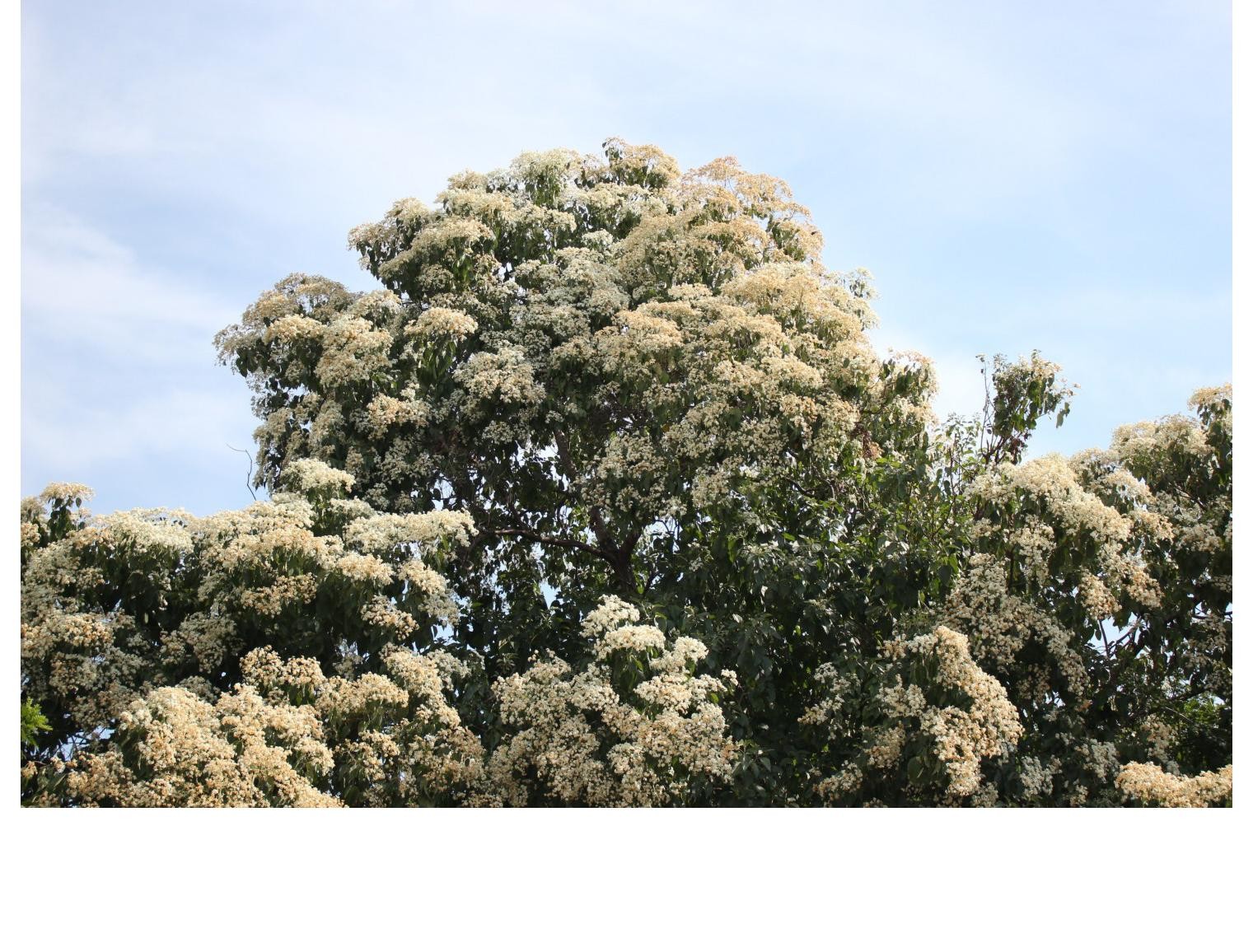
On the other hand, when folks come to our home or gardens to visit, probably one of the most commonly asked about trees, growing wild on the hillsides, are the Cordia eleagnoides. On the steep slope back, beyond and above our home, toward the north, they appear as giant snow balls amid the tropical green when their millions of flowers bloom.
While they grow in great proliferation, other than in exotic wood publications and online sites, little has been written about them. Around here, the locals call these beauties Barcino. But, let’s start with what we do know for sure about this interesting tree: There are around 320 species of bushes, trees and woody vines in the Cordia genus; That genus’ name honors German botanist and pharmacist Valerius Cordus (1515-1544); The Cordia elaeagnoides is a tree which can grow from twenty to thirty-three feet (6.10-10.06 meters) tall; It comes from central/southern Mexico and Central America;
Even though its stunning, cut wood has the appearance of Rosewood, it is not in the Dalbergia genus or Fabaceae or Leguminosae families; And that wood is, indeed, very beautiful!
Confirming the latter, our pal, Dr. Mark Olson Zunica, of the University of Mexico’s Biological Institute describes this tree’s wood as, “Very pretty and heavy, with a dark heartwood that’s a specialty of local furniture on the coast (in this area).” He’s correct. It is a favorite for cabinetmaking, decorative veneer work, a most striking flooring, spectacular in appearance furniture and interior trim, as well as joinery and turnery. (No, those latter two weren’t an Irish marathon dance team in the 30’s !)
We’ll proceed a bit further with this discussion of the visual nature of its wood. The professionals on the Hobbit House which is a “non-commercial site focusing on color correct pictures of exotic and domestic woods” – has some very good descriptions regarding the Mexican Rosewood. Firstly, in that its color seems to be one of its major draws, the writer says, “Reports on color are all over the map, but the one that fits my experience is (that it) ranges from tan to golden brown to pale golden yellow, with irregular dark brown streaks. Other(s) say the streaks can be red, or green, or some say black, and that the heartwood is variously tobacco’ colored, dark brown, nearly white, red, and red brown, take your pick . . . The heartwood is reportedly rather sharply demarcated from the grayish or yellowish sapwood . . . (while its grain) “varies from straight to roey (mottled or streaked).
On this, there seems to be universal agreement. Some also say shallowly-interlocked grain. Generally it contains wonderfully curvy lines and swirls.”
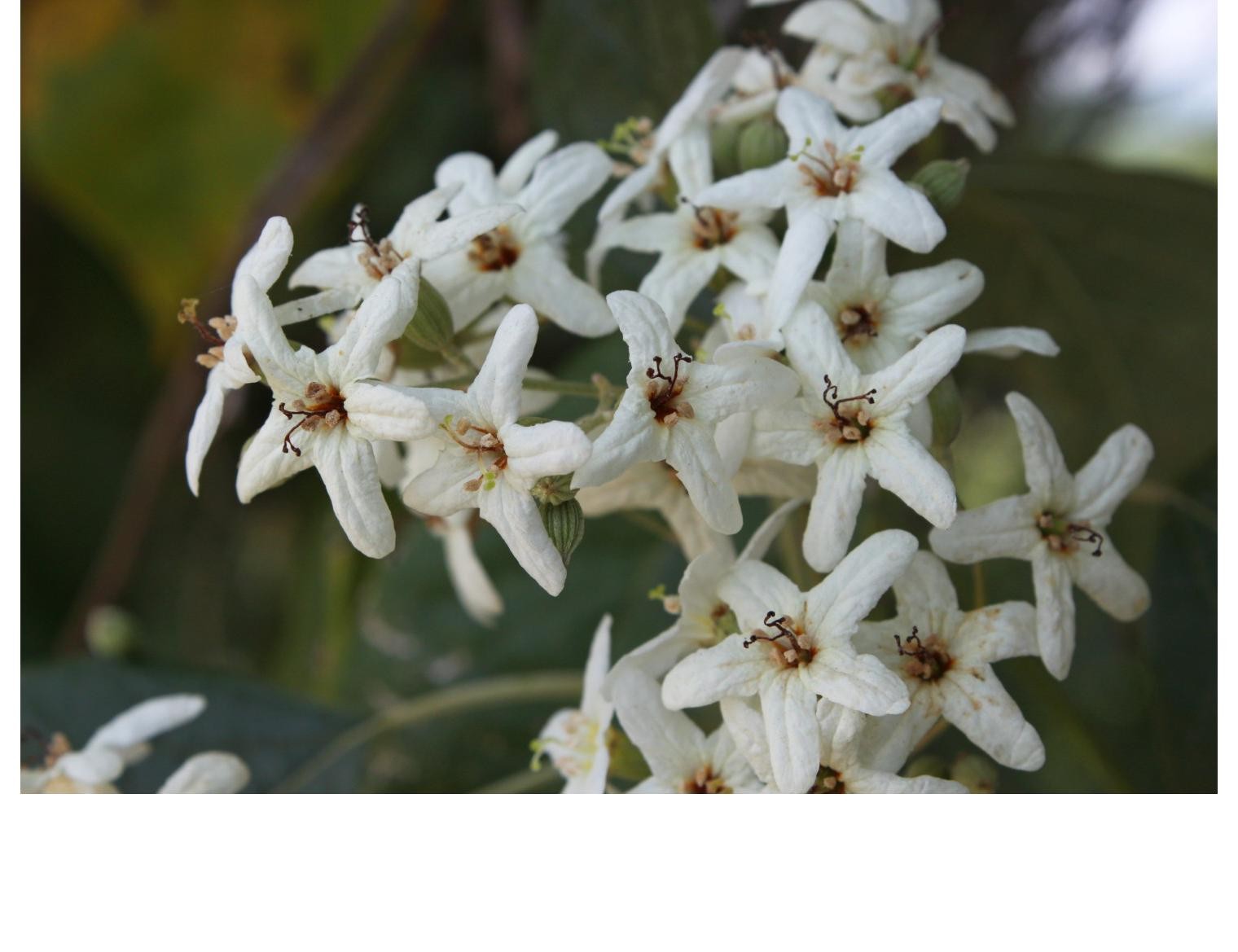
The beautiful, contrasting grain patterns reminds me, quite a bit, of one of my favorite woods from when I did a bit of woodworking, Cocobolo (Dahlbergia retusa). (Some purveyors of exotic lumber confuse these two different trees while yet others add Indian Rosewood (Dalbergia sissoo) to this confused mix.
The first of these, Cocobolo, is a most interesting wood weighing sixty-five pounds per cubic foot, air dry – twice as much as cherry and, is so dense that it will not float. But forgive me I (all too easily) get side-tracked when talking about plants!
Though small in size, the old, browned blossoms of the Mexican Rosewood are copious in number. As a result, it probably doesn’t make the greatest of trees for one’s backyard because of all this vegetative litter
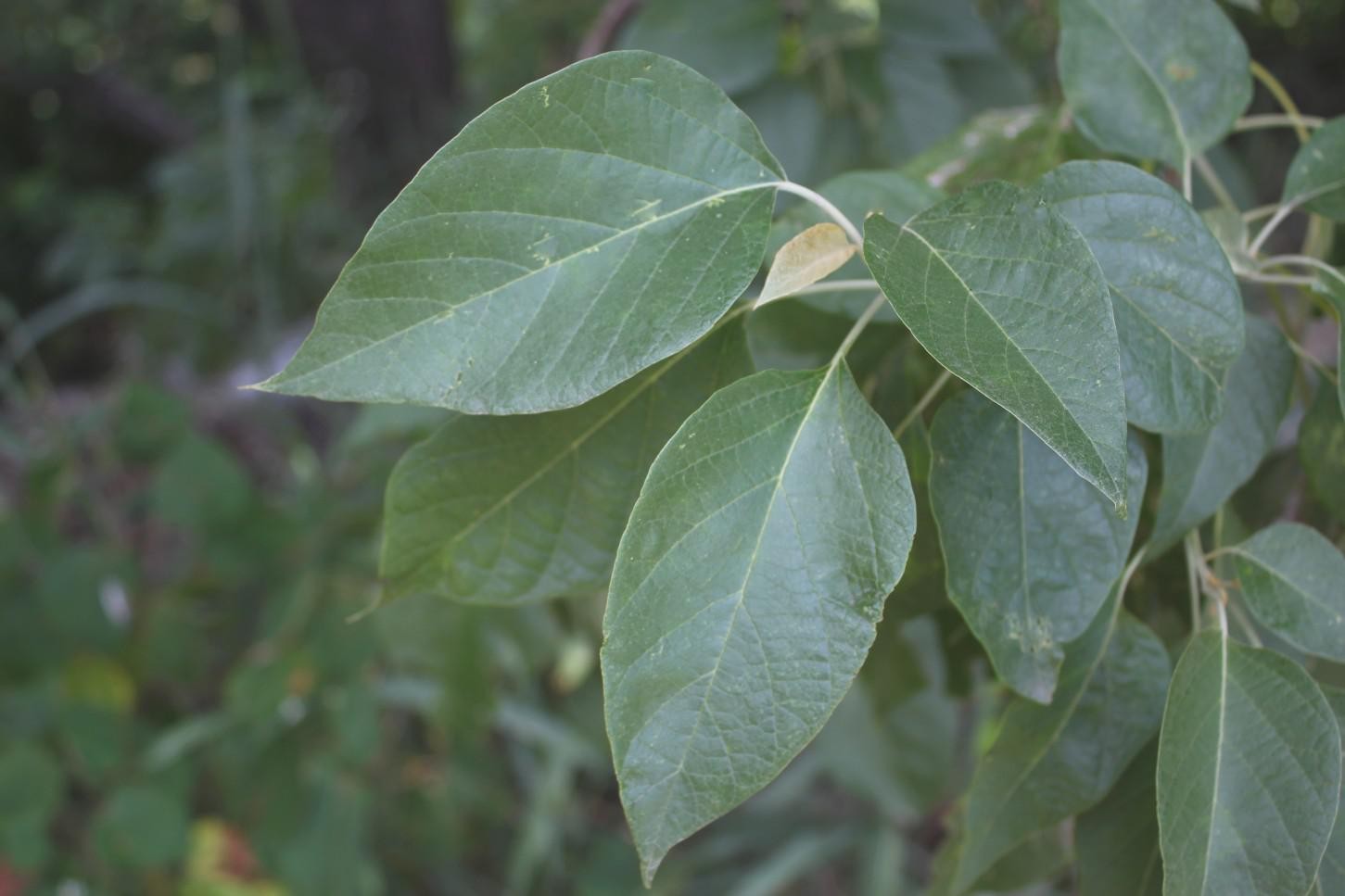
Lastly and I know you have eagerly awaited this scientific tidbit according to an article entitled “The hydroquinone terpenoids of Cordia elaeagnoides” published by the Royal Society of Chemistry, “Five new geranyl hydroquinone derived compounds have been isolated from the ether extract of Cordia elaeagnoides (Boraginacae) heartwood . . .The structural character of the compounds adds information to expand the earlier proposed biogenetic pathway for the geranyl-hydroquinone and geranylbenzoquinones in Cordia.”
Now with that weighty information and thirty pesos, you might just get a shot of tequila somewhere!
For back issues of “Roots”, gardening tips, tropical plant book reviews and videos of numerous, highly unique eco/adventure/nature tours, as well as memorable “Ultimate Experiences” such as Tropical Garden Brunches
Visit us at… www.olabrisagardens.com
Download the full edition or view it online
—
Tommy Clarkson is a bit of a renaissance man. He’s lived and worked in locales as disparate as the 1.2 square mile island of Kwajalein to war-torn Iraq, from aboard he and Patty’s boat berthed out of Sea Bright, NJ to Thailand, Germany, Hawaii and Viet Nam; He’s taught classes and courses on creative writing and mass communications from the elementary grades to graduate level; He’s spoken to a wide array of meetings, conferences and assemblages on topics as varied as Buddhism, strategic marketing and tropical plants; In the latter category he and Patty’s recently book, “The Civilized Jungle” – written for the lay gardener – has been heralded as “the best tropical plant book in the last ten years”; And, according to Trip Advisor, their spectacular tropical creation – Ola Brisa Gardens – is the “Number One Tour destination in Manzanillo”.


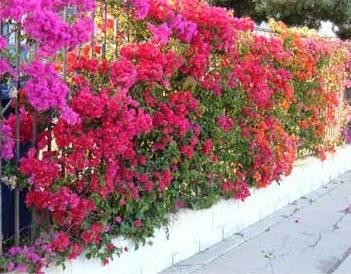
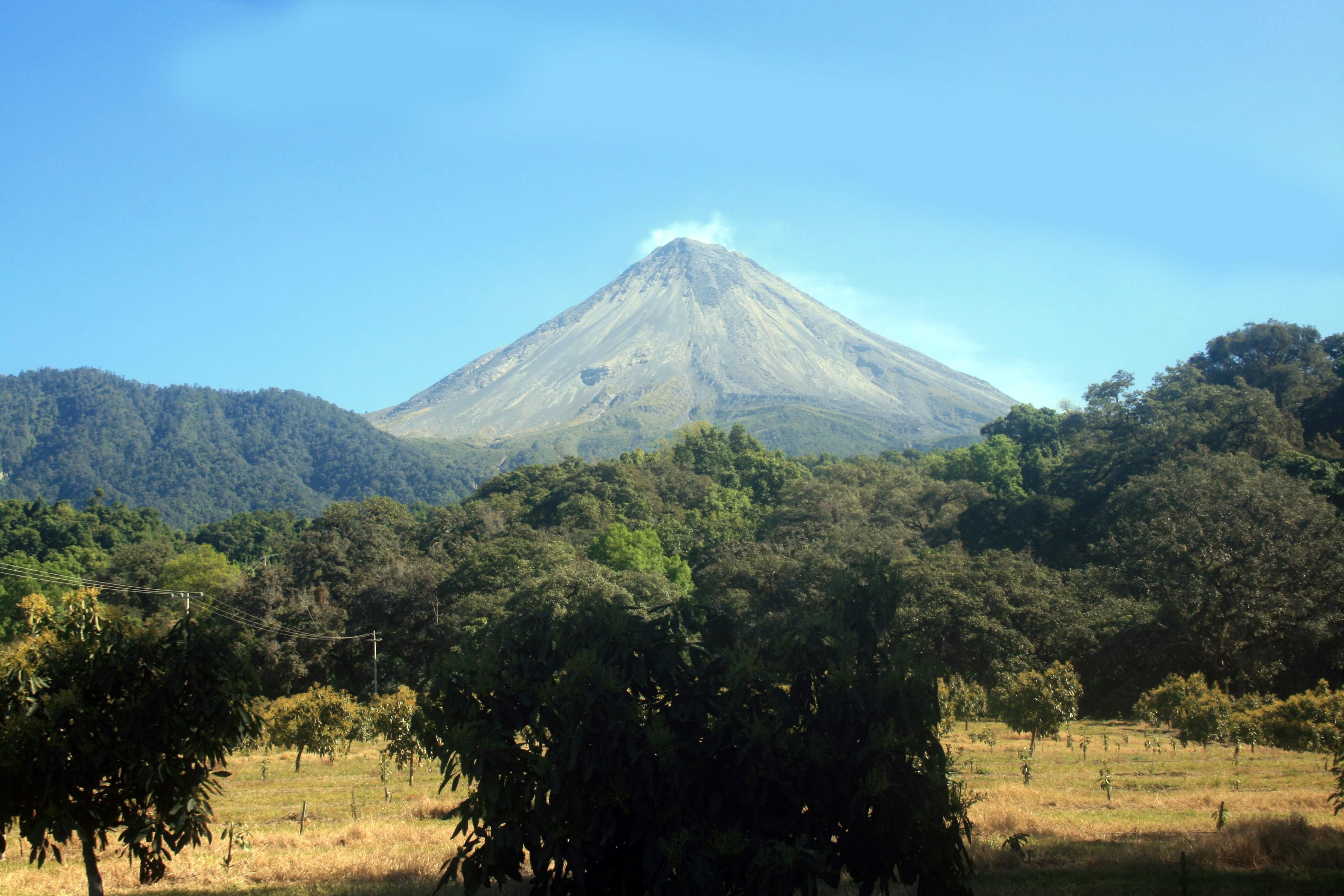
You must be logged in to post a comment.